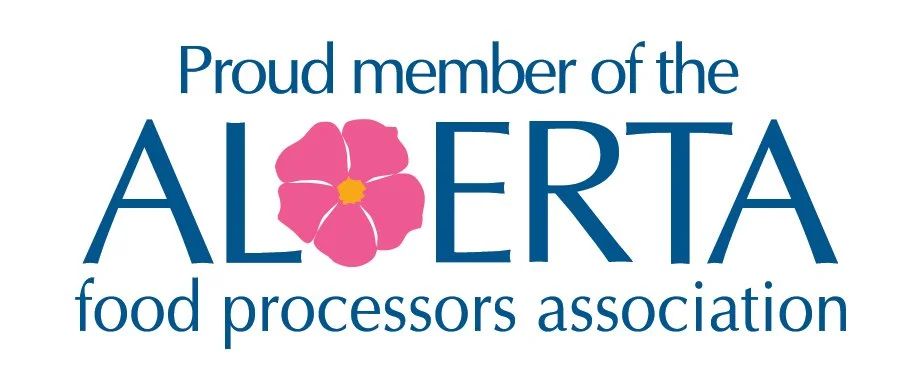Food hydrocolloids have been gaining popularity over the past decade, they help food in many ways including structure and texture. This article looks at what hydrocolloids are, what they are made from, who makes them and what they are used in. This article also looks at the market trend of food hydrocolloids and how its market share is expected to be USD 9.12 billion by 2024.
What are Food Hydrocolloids?
Food hydrocolloids are a food ingredient that are often used in the structure of food that help contribute to the viscosity and texture. Hydrocolloids can also help preserve food and give them a longer shelf life by preventing the food/ beverage from separating.
The majority of hydrocolloids that are used in food are either developed from plants or animals. Vegan hydrocolloids are used in alternatives to dairy products and alternatives to meat and fish products. Food hydrocolloids are not unhealthy to consume and most of them add dietary fiber to the foods they are used in. Foods that contain hydrocolloids can have less added sugar in them because the hydrocolloids help maintain the taste and texture without the need for excess sugar.
The below table shows where most hydrocolloids are produced from and as you can see most hydrocolloids are produced from natural sources.
Sourced from Cyber Colloids LTD
The below pie chart shows the most common types of hydrocolloids used in food.
What Foods are Hydrocolloids Most Used In?
*And Dairy Alternatives
Sourced from Innova Market Insights
Examples of Food/ Beverage with Hydrocolloids:
The following are just a few examples of food/ beverages that contain hydrocolloids.
Store bought baking – Many contain different types of hydrocolloids to help with the texture, moisture retention and size of the baked good.
Beer – Contains carrageenan to help maintain a golden colour and removes the haze caused by proteins in the grains.
Jello – Contains gelatin to give it its jiggle texture
Ketchup – Contains xanthan to help maintain the texture of it
Dairy-Free Milk – Contain vegan hydrocolloids to help increase both the taste and mouth feel of dairy free milk.
Yogurt – Contains locust bean gum to help water from separating out of the yogurt.
Food Hydrocolloids Market Share
Hydrocolloids market share has been rising over the years. As per Zion Market Research, food hydrocolloids had a USD 6.57 billion market share in 2017 and are expected to have a USD 9.12 billion market share by 2024. North America and Europe are predicted to dominate the food hydrocolloids market. The map below shows the usage of food hydrocolloids across the world.
North America and Europe currently have the largest markets of hydrocolloids due to the food and eating trends of the people who live there.
Food Hydrocolloids Trends
Gelatin has been one of the most commonly used hydrocolloids in the world. However, it is not plant-based making it unsuitable for vegan and vegetarian food. Both vegan and vegetarian foods have been on the rise in the last decade with the global vegan food market size valued at USD 12.69 billion in 2018. With the increase in demand of vegan food, substitutes for gelatin have also been gaining popularity among food manufacturers.
The below pie chart shows the market share of the most common food hydrocolloids.
As you can see, gelatin, starches and pectin have the highest market share for hydrocolloids in food. We believe as veganism and vegetarianism continue you to rise in popularity gelatin’s market share will decrease.
““The number of new foods and beverages containing hydrocolloids has risen an average of seven per cent a year from 2015 to 2019” ”
Key Players in the Production of Food Hydrocolloids:
Conclusion
Food hydrocolloids are important in the food manufacturing industry as they help food and beverages in different ways. Such as stabilizing, giving a certain texture or mouth feel, providing longer shelf life and maintaining moisture. The majority of hydrocolloids used in food are plant-based making them great for vegan food options. Overall, hydrocolloids are used in the majority of food we consume to improve the quality of the product.

















